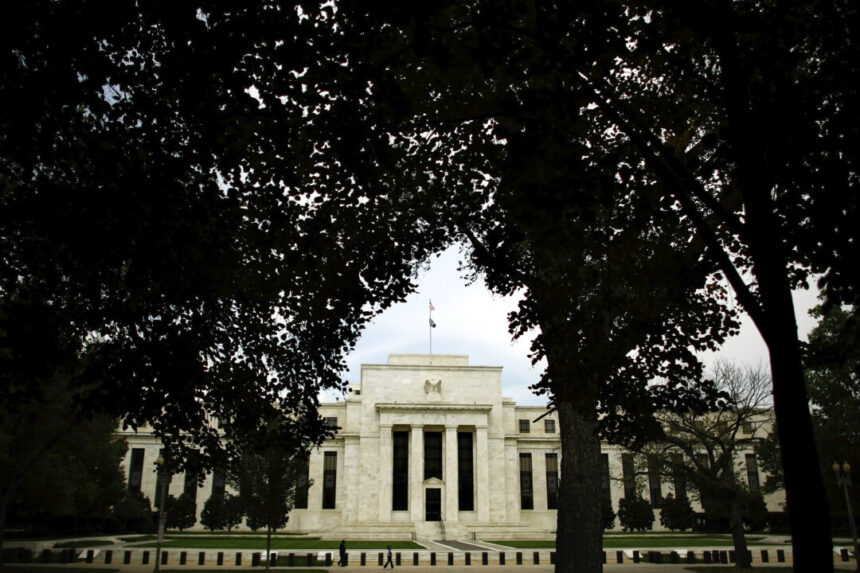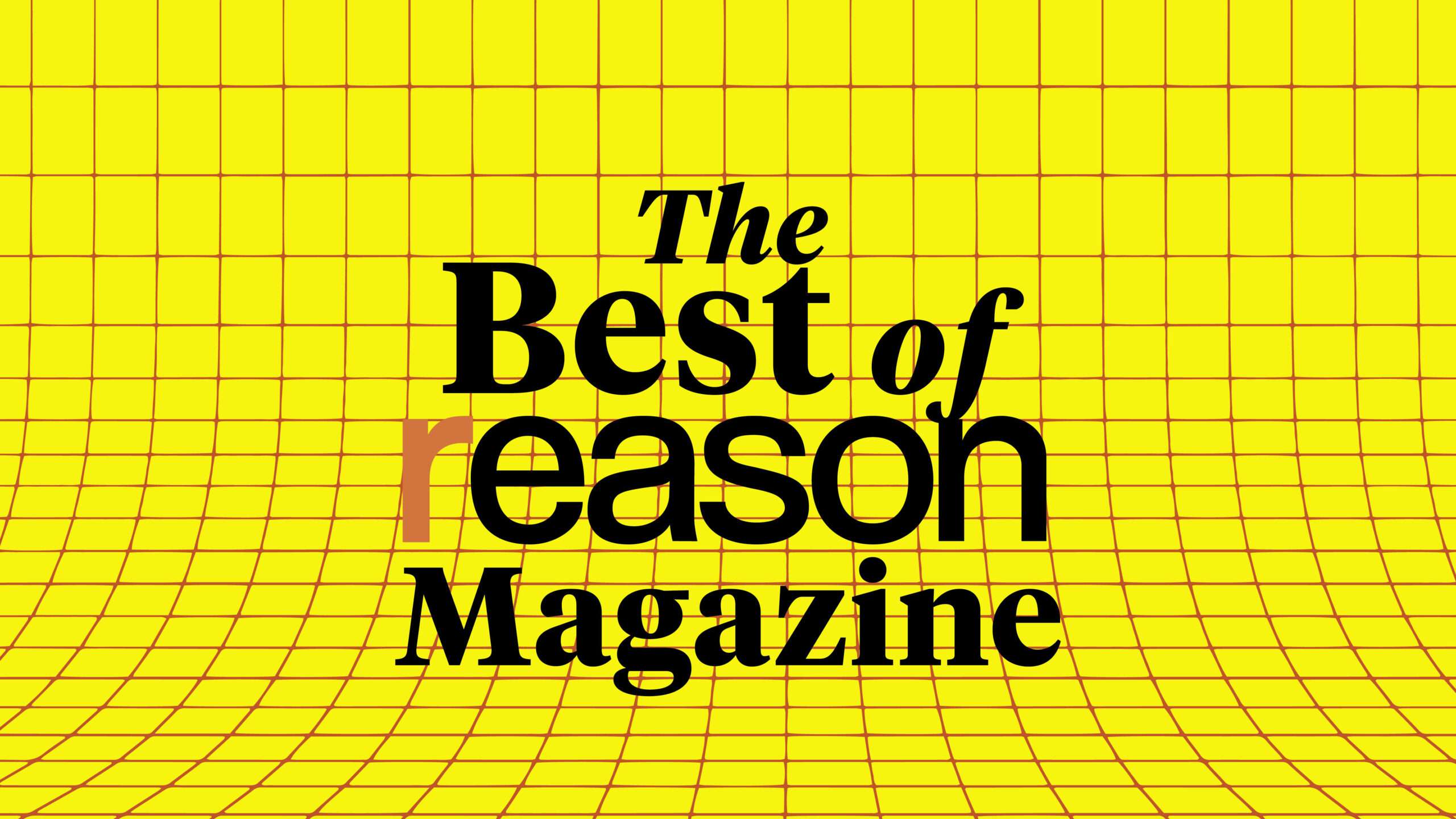Commentary
All eyes on Wall Street and Main Street are once again turning to the Federal Reserve to address the issues of declining financials, rising unemployment, falling output, and shrinking investment. The looming economic crisis could potentially spiral into a financial crisis, prompting the temptation to resort to the printing press.
However, this would be a grave mistake. It was the excessive use of the printing press that contributed to the current situation. The Federal Reserve intervened with buying power as Congress accumulated trillions in new debt in response to recent events.
While politicians enjoy spending, it is the Fed that enables this behavior by standing as the buyer of last resort, even in times of a potential financial crisis. The continuous circulation of money has led to a decline in the dollar’s purchasing power over the years.
This practice has also fueled industrial growth in foreign countries, as they use U.S. dollar assets as collateral for their own expansions, impacting vulnerable manufacturing sectors in the United States. In a truly free market, such actions would result in price adjustments to balance national accounts.
With the printing press constantly running, there is no opportunity for a reversal of the declining purchasing power, leading to perpetual trade deficits and negative consequences for the U.S. manufacturing sector.
Now, as the U.S. faces a bursting bubble while the Fed tries to control excess liquidity, it is tasked with conflicting objectives of curbing inflation and preventing financial collapse, creating an impossible situation.
It is essential for the elite class to stop relying solely on the Fed for solutions and start living within their means. This requires significant budget cuts, debt reduction, and a serious commitment to financial responsibility.
The unsustainable federal debt, projected to skyrocket, necessitates immediate action. Cutting the budget by 1 percent of GDP, as seen in successful cases like Argentina, is crucial to stabilizing the economy.
This shock to the system is necessary to halt the current unsustainable trajectory and restore financial stability.
The federal debt currently exceeds expectations by $7 trillion based on the 2019 trend line, with a federal budget overage of $2 trillion. A 5 percent reduction is just the beginning of what is needed to address this issue, but it is a positive first step.
Determining where to make cuts is a challenge, as there is no clear-cut method for deciding what is essential and what is not. One approach could be to implement a uniform reduction across all agencies and programs, ensuring that these cuts do not impact transfer payments to individuals.
While certain political priorities may warrant exemptions under a new administration, such as border patrol and enforcement, it is important to recognize that the problem lies in policy rather than funding. Even significant budget cuts could lead to improved outcomes if accompanied by better policies.
A 5 percent across-the-board cut would signal a commitment to fiscal responsibility, boost financial markets, and indicate to foreign governments that reliance on U.S. debt assets is no longer sustainable. It would also alleviate the need for the Federal Reserve to continue monetization efforts.
While a recession is likely inevitable in the short term, a two-year period of austerity could set the stage for future economic stability. Tough decisions are necessary to address the hard limits of economics and finance, particularly in light of the need to protect the value of the dollar and prevent inflation.
Political leaders must prioritize significant spending reductions as the only viable path forward. Starting with a 1 percent cut of GDP or 5 percent of the federal budget—real reductions rather than cuts in the rate of growth—would demonstrate a commitment to improving the country’s financial health.
This courageous approach aligns with sound economic principles and good governance, offering a timely opportunity to take decisive action before it is too late. Could you please rephrase that?
Source link





